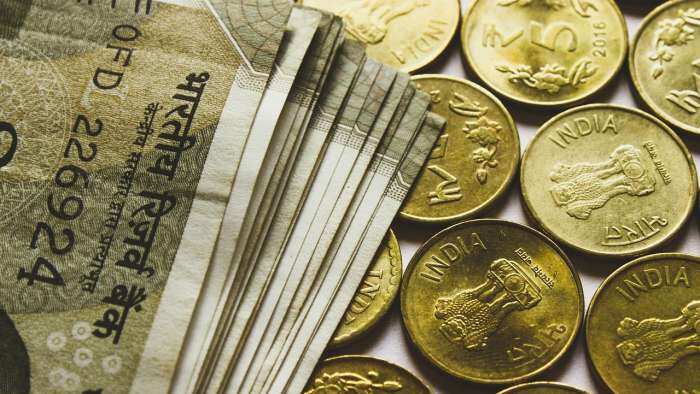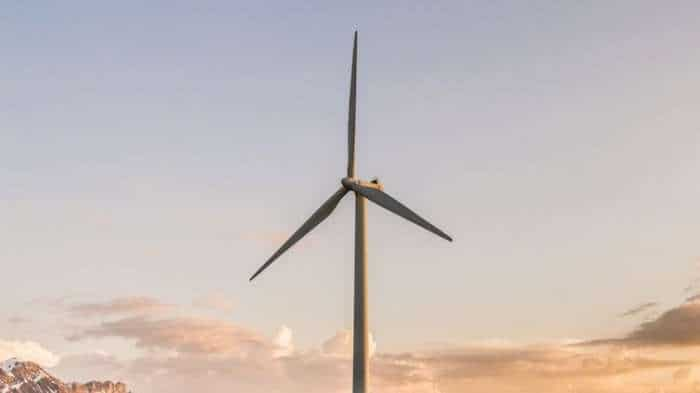GST implementation: Way forward for India’s biggest tax reform

The fate of India’s biggest tax reform since 1947 is still hanging in the balance, and is expected to be cleared by the Rajya Sabha on August 3.
The GST bill was passed in the Lower House of the Parliament in 2015 and its approval process is nothing less than complicated.
Currently, India has a dual taxation system of goods and services, which is quite different from what the GST Bill proposes.
"If we can pass it in the monsoon session (of Parliament beginning next month), then we can implement it in April 1, 2017.
First the Constitution Amendment which was first raised by the Congress in 2006, will have to be ratified by 50% of the state assemblies, then the GST Bill will be passed by all the state assemblies," Minister of State for Civil Aviation Jayant Sinha told PTI in June.
In a Morgan Stanley report dated July 25, its analysts -- Chetan Ahya, Upasana Chachra and Gaura Sengupta -- divided the GST bill approval process in the following steps.
1) The Bill needs to be approved in the Rajya Sabha by a two-thirds majority, as it is a constitutional amendment. This is the reason it has been stuck, as the ruling party doesn't hold a majority in the Upper House.
2) After it is approved, the bill needs to be approved by 50% of the state assemblies. As the BJP-led government is in power in 13 out of 29 states, we see a high probability of the Bill being passed by the states.
3) Three pieces of enabling legislation need to be approved – a central GST law (CGST by Parliament), state GST law (SGST by state government), and an integrated goods and services tax law (IGST by Parliament).
4) Setting up of IT infrastructure. The process for this has already started, with the setting up of Goods and Services Tax Network (GSTN), a non-government private limited company launched
on March 28, 2013. The GSTN has received bids from five IT companies, including Microsoft, TCS and Infosys, to build the IT infrastructure.
The GST bill is still at the initial steps of implementation and will need major reforms considering the autobomy that states enjoy currently, in collecting taxes.
“Currently, there are various area-based indirect tax exemptions provided by both the central and state governments. With the implementation of the GST, area-based exemptions will need
to be phased out, as they break the free flow of input credits in the value chain,” a report by Motilal Oswal, by analysts Sandeep Gupta, Nikhil Gupta, Somil Shah, and Mehul Parikh, said. Central GST, State GST and Integrated (Inter-state) GST.
The Central GST and the State GST would be levied simultaneously on every transaction. They will both be levied on the same price or value of the goods or service, unlike State VAT which is levied on the value of the goods inclusive of the Central Value Added Tax (CENVAT).
The government has said that a uniform procedure for the collection of both, Central GST and State GST would be prescribed in the respective legislation for Central GST and State GST.
Integrated GST (IGST) or Interstate GST will be a combined rate of Central GST (CGST) and State GST (SGST) on all inter-state transactions of taxable goods and services. It's important however,
to note that, according to an explanation of IGST on taxguru.in, the IGST is only a mechanism to monitor the transfer of tax in inter-state transactions, and is not an additional tax in itself.
Three possible outcomes of the GST implementation were provided by the Motilal analysts.
• Refund of duty: The entity currently exempt from the payment of duty will be liable to pay duties as required under the normal course of business. The duty so additionally paid will be refunded by the state/ central government after assessment. Some states (J&K, northern states) follow this mechanism and provide refunds. Our discussions with experts suggest that though this mechanism is the most preferred, corporates may not find this agreeable, as there could be various complexities in assessment and additional working capital could be blocked due to delay in receiving refunds.
• Upfront payment: Under this mechanism, the government pays the present value of estimated duty concessions agreed to the corporates upfront. Going forward, the entities pay taxes in the normal course of business. However, this will entail significant amount of cash outflow from the state / central government upfront, and hence, may be difficult to adopt.
• Deferral of payment of taxes: Under this scheme, the entities eligible for exemption levy taxation as in the normal course of trade. However, the duty so collected is retained, as an interest-free tax deferral for a specified period.
“If option 2 or 3 are followed, there could be a decline in the operating earnings (EBITDA), which may be counterbalanced by increase in nonoperating income and decline in borrowing cost,” the report stated.
Get Latest Business News, Stock Market Updates and Videos; Check your tax outgo through Income Tax Calculator and save money through our Personal Finance coverage. Check Business Breaking News Live on Zee Business Twitter and Facebook. Subscribe on YouTube.
RECOMMENDED STORIES

Power of Compounding: How soon will monthly SIP of Rs 6,000, Rs 8,000, and Rs 10,000 reach Rs 5 crore corpus target?

SBI Guaranteed Return Scheme: Know how much maturity amount you will get on Rs 2 lakh, 2.5 lakh, 3 lakh, 3.5 lakh and Rs 4 lakh investments under Amrit Vrishti FD scheme

SBI Senior Citizen FD Rate: Here's what State Bank of India giving on 1-year, 3-year, 5-year fixed deposits currently

SBI Senior Citizen Latest FD Rates: What senior citizens can get on Rs 7 lakh, Rs 14 lakh, and Rs 21 lakh investments in Amrit Vrishti, 1-, 3-, and 5-year fixed deposits
10:13 PM IST









 One nation, one tax; Sachin tweets: looking forward to GST bill
One nation, one tax; Sachin tweets: looking forward to GST bill GST in Rajya Sabha: Here's a list of amendments
GST in Rajya Sabha: Here's a list of amendments 'One nation one tax' to eliminate corruption: Jaitley on GST
'One nation one tax' to eliminate corruption: Jaitley on GST Will GST be a game changer for India?
Will GST be a game changer for India? Cabinet drops 1% additional tax on inter-state sales for GST bill
Cabinet drops 1% additional tax on inter-state sales for GST bill